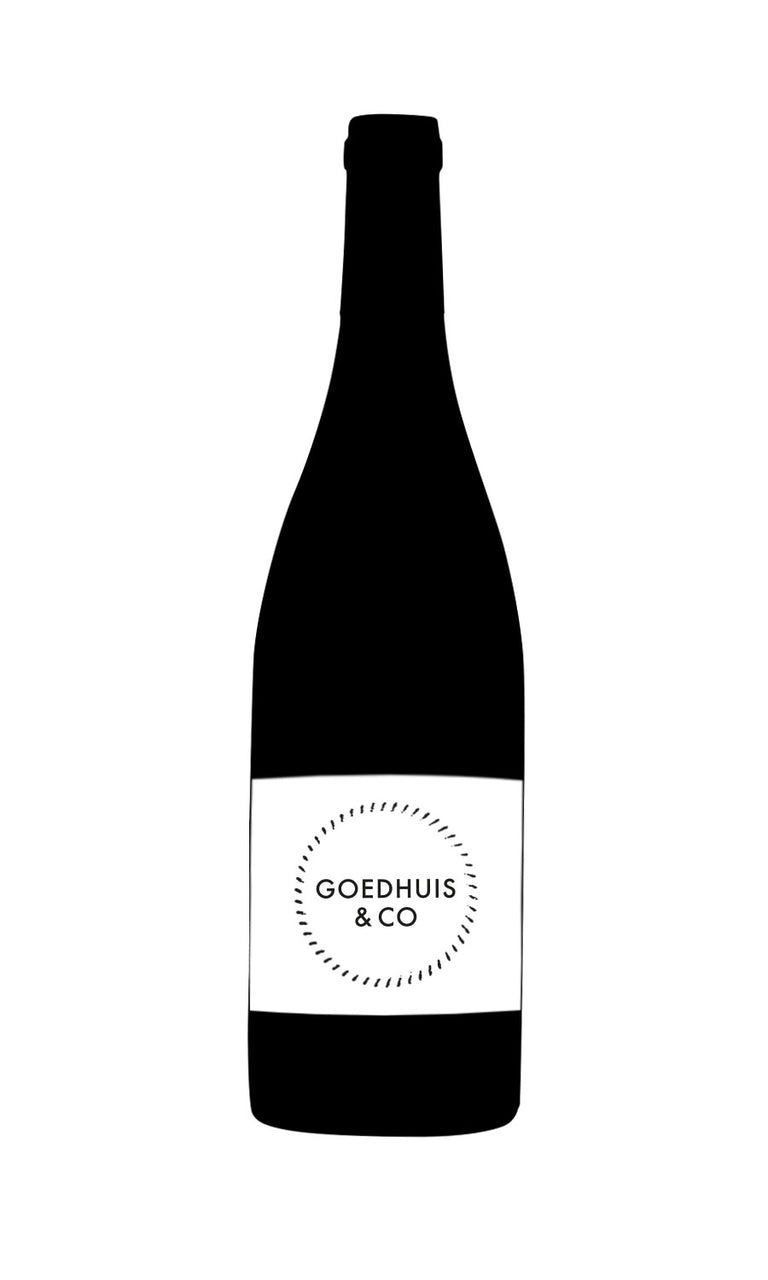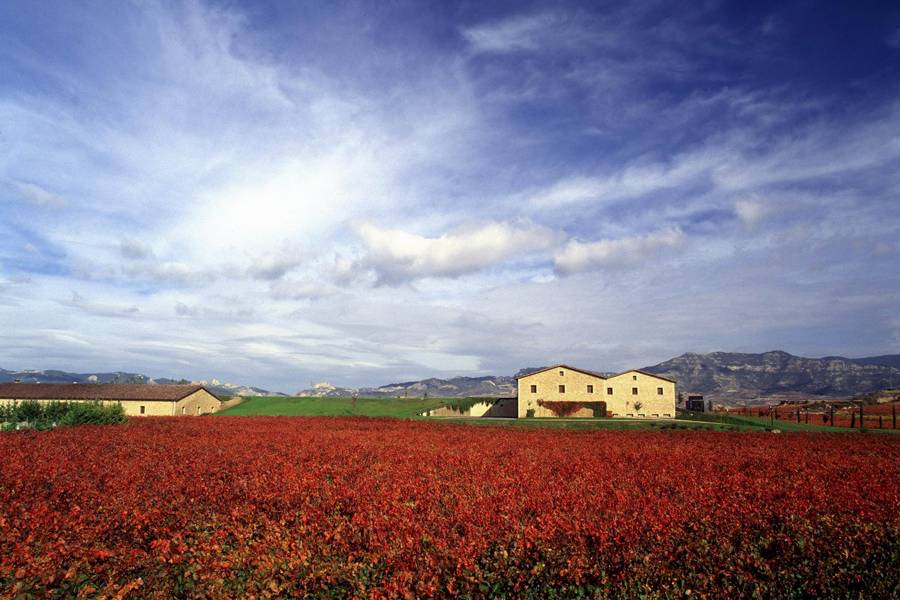
- Colour Red
- Producer La Rioja Alta
- Region Rioja
- Case size 6x75cl
- Available Now
1982 - La Rioja Alta Rioja Gran Reserva 890 - 6x75cl
- Colour Red
- Producer La Rioja Alta
- Region Rioja
- Case size 6x75cl
- Available Now
Select pricing type
Need help? Call +44 (0)20 7793 7900 or email wine@goedhuiswaddesdon.com.
Producer
La Rioja Alta
When it comes to traditional style Rioja, La Rioja Alta remains the benchmark. Established in 1890 by Don Alfredo Ardanza, the estate has been producing beautifully crafted wines for over 125 years, maintaining the traditional winemaking practices that helped them earn their reputation as one of the finest producers in the region. At La Rioja Alta, every wine is produced with tremendous attention to detail. From racking by candlelight to employing an in-house master cooper, the estate monitors each barrel on an individual basis, ensuring intricacy and balance throughout the winemaking process. La Rioja Alta owns all 420 hectares of its vineyards, which is unusual for a bodega of such prominence, yet it allows head winemaker Julio Sáenz to have complete viticultural control, guaranteeing the quality of fruit. Named after its three founding families – Alberdi, Arana, and Ardanza – who are all still shareholders to this day, the estate is renowned for its Reserva wines. The pinnacle of Rioja winemaking however can be found in their two Gran Reservas – 890 and 904 – which both pay homage to the creation of La Rioja Alta (1890) and the year Don Alfredo added his own Ardanza winery to the bodega (1904). Only produced in exceptional years, and released after lengthy ageing in oak and bottle, the wines are classical Rioja with rich fruit and spice. Winemaking at its very best, it comes as no surprise that each new release is readily snapped up.
Region
Rioja
By far the best known of Spain's wine regions is Rioja, which takes its name from the rio(river) Oja, a tributary of the river Ebro. Lying in the north of the country, along the Ebro valley, the area is sheltered from rain-bearing Atlantic winds by the dramatic Sierra de Cantabria to the north and west. The hilly vineyards are interspersed with orchards, poplars and eucalyptus trees. Rioja is further divided into three sub-regions - Rioja Alta, Rioja Alavesa and Rioja Baja. The first two are best regarded, with vines planted on cool slopes with clay and limestone soils. The permitted grape varieties for Rioja are tempranillo, which is grown extensively in Rioja Alta and Alavesa and will form the backbone of all the best wines, garnacha, widespread in Rioja Baja and used to add body to the blend, and mazuelo (carignan) and graciano, both grown in miniscule proportions. The key to understanding Rioja is the technique used to mature the wine. Unlike most other areas of Europe, American oak barrels are used which give the wines their characteristic soft vanilla, almost coconuty flavour. Historically the wines were aged for periods far longer than legally required, until all the fruit character had died down and the end result was a light, tawny-coloured wine dominated by oak flavours. Although there are still supporters of this classic style, far more producers are making wines in a more modern way, allowing the dark berry fruit flavours to burst through balanced by a more judicious use of oak ageing and often opting for French oak now.



